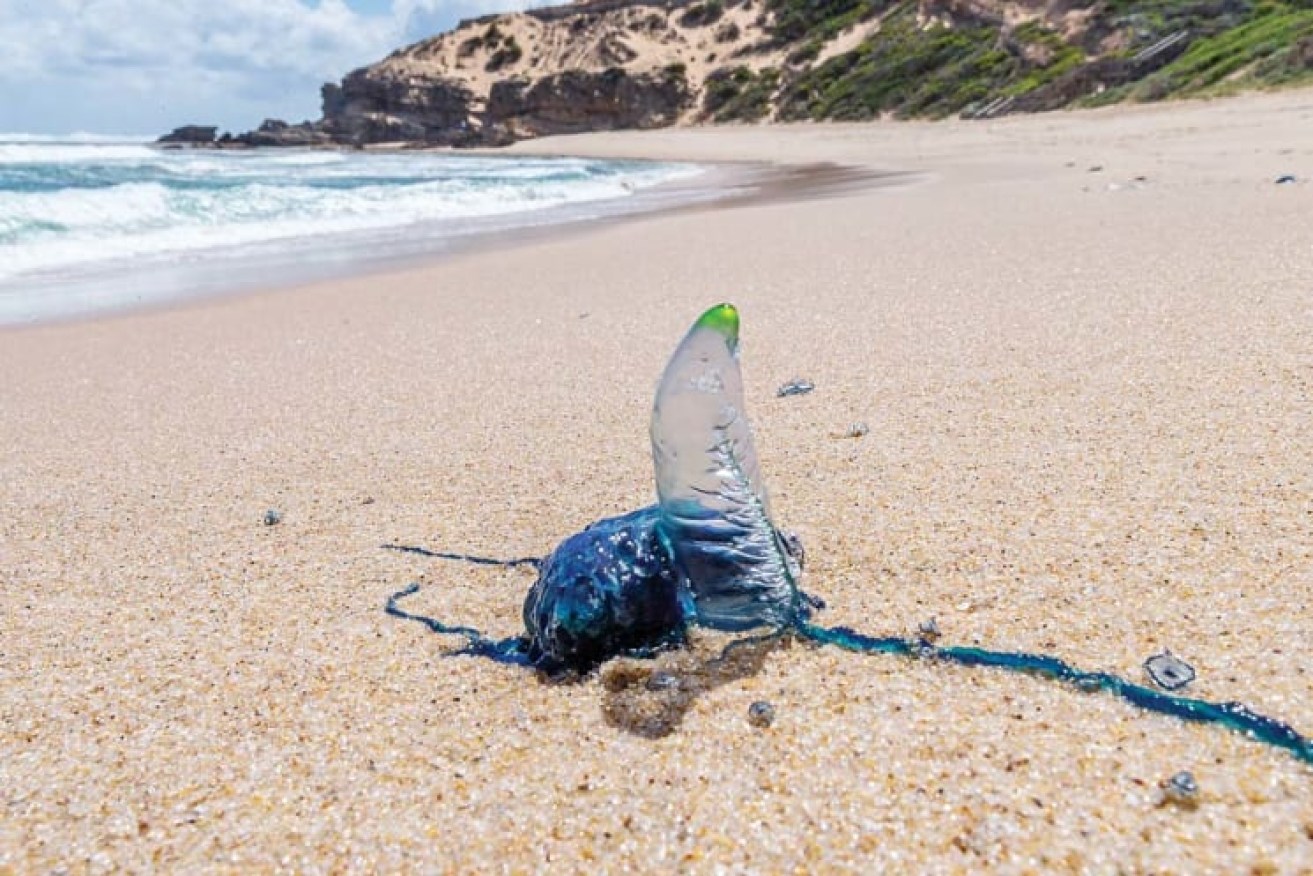Sun, surf and no bluebottles: Can science promise us a sting-free day at the beach?
They’re the scourge of the summer beach swim, but swimmers along Queensland’s coastline may soon be able to enter the water with a little less fear of a nasty bluebottle sting.


Image: Australian Museum
Scientists and lifesavers are developing a tool to predict your risk of getting stung by a bluebottle if you go for an ocean dip.
Led by Surf Life Saving Australia researcher Jaz Lawes and a team from Griffith University’s Sea Jellies lab at Sea World and the University of NSW, the study aims to help keep swimmers safe and cut the number of stings.
“The main outcome of this is a bluebottle prediction tool, that will provide a bluebottle likelihood score on beachsafe.org.au,” Lawes said.
“This tool will empower the community to understand the risk of bluebottle stings at the beach they want to visit and reduce the number of stings treated by surf lifesavers – letting us get on with saving lives.”
Lifesavers across Australia treat more than 40,000 marine stings each year. The stings are the leading cause of surf lifesaving first aid treatments. Most stings are from bluebottles that invade beaches and send swimmers scurrying from the water.
Changing weather systems, currents and increasing water temperatures are expected to increase the number of bluebottles and other jellyfish within coastal waters from this summer.
Bluebottles are different to jellyfish and were only recently recognised as the same species as the Portuguese Man of War that is larger and more venomous and found in the Atlantic Ocean.
Bluebottles don’t swim, but float at the ocean’s surface with trails of long, stinging tentacles that can be as long as three metres.
The tentacles contain lots of ‘nematocysts’, or stinging cells, which are like mini-harpoons all wound up and ready to discharge in case the bluebottle finds food – or accidentally a swimmer.
The bluebottle can be spotted by its gas-filled ‘pneumatophore’ that floats on the ocean surface acts as a ‘sail’ that is subject to wind forces. The sail is tilted to the left or right of the body of tentacles, which scientists say means the individual bluebottles are either right-handed or left-handed and drift in slightly different directions.
Researchers say the reason they’re split into left or right-handed bluebottles is so only half the population that is drifting on the current and wind may end up beached on the shore, while the other half continue out to sea.












